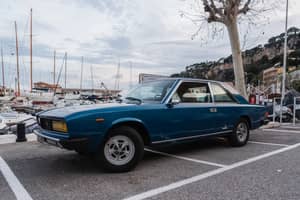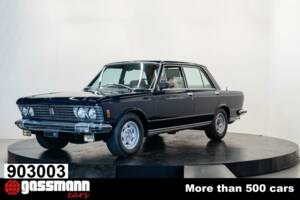FIAT 130 Classic Cars for Sale
The Fiat 130, built from 1969 to 1977, is Fiat's answer to the luxury class: a stately saloon and coupé featuring sophisticated V6 power, independent suspension, and an interior loaded with comfort and prestige. Engineered for Italian elites, the 130 combines rare technical details and striking design cues, making each example a showcase of 1970s automotive ambition.
Search results

1974 | FIAT 130 Coupé
Fiat 130 Automatic - 3ème main - Bon état - Garantie
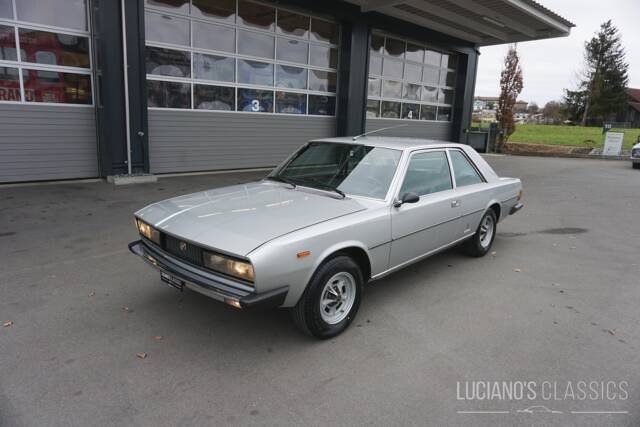
1972 | FIAT 130 Coupé
Fabelhaftes Design und unerwarteter Komfort gepaart mit einem 3.2 Liter V6. Der Fiat 130 Coupé ist ein italienisches Meisterwerk.

1974 | FIAT 130 / 3200
130 Berlina 3200

1974 | FIAT 130 Coupé
Well maintained
FIAT 130 listing references from Classic Trader
Below you will find listings related to your search that are no longer available on Classic Trader. Use this information to gain insight into availability, value trends, and current pricing for a "FIAT 130" to make a more informed purchasing decision.

1972 | FIAT 130 Coupé
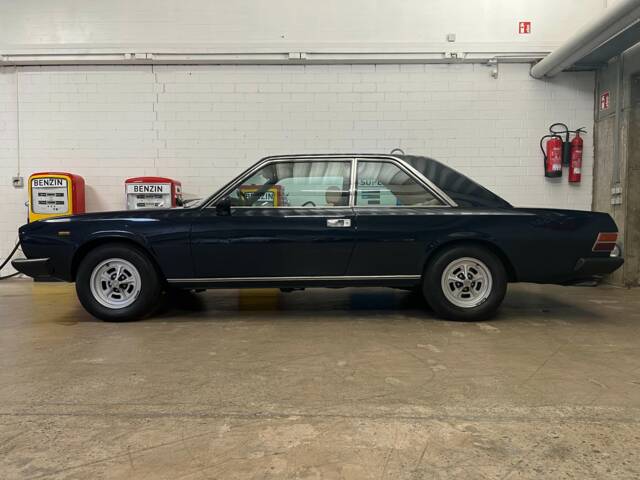
1975 | FIAT 130 Coupé
Fiat 130 Coupe 3200
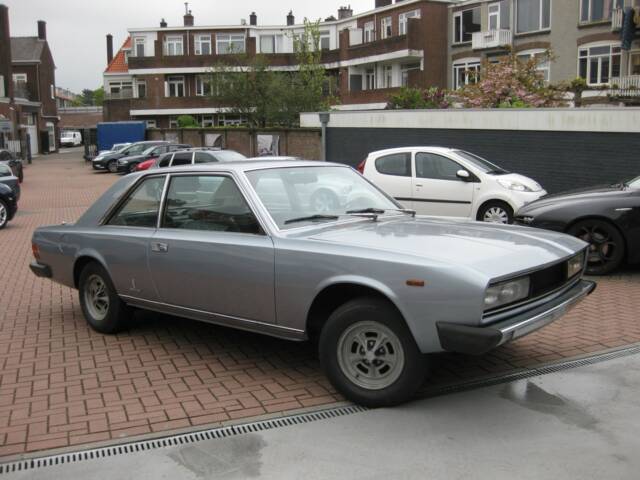
1971 | FIAT 130 Coupé
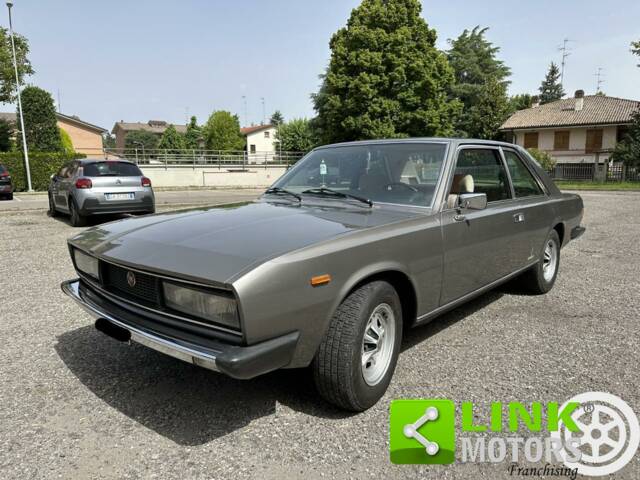
1972 | FIAT 130 Coupé
FIAT 130 Coupe Manuale ASI PRENOTATA
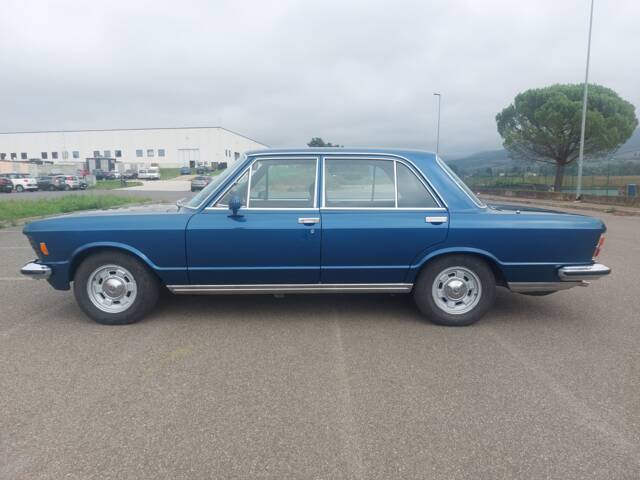
1973 | FIAT 130 / 3200
Berlina, cambio manuale
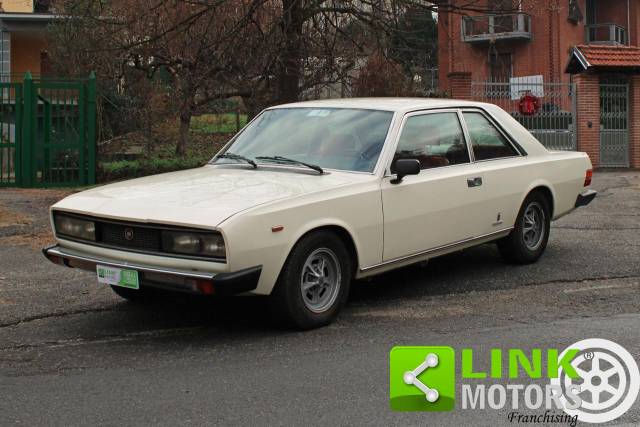
1976 | FIAT 130 Coupé
FIAT 130 Coupe 3.2 V6 165 CV Automatic - Blindata
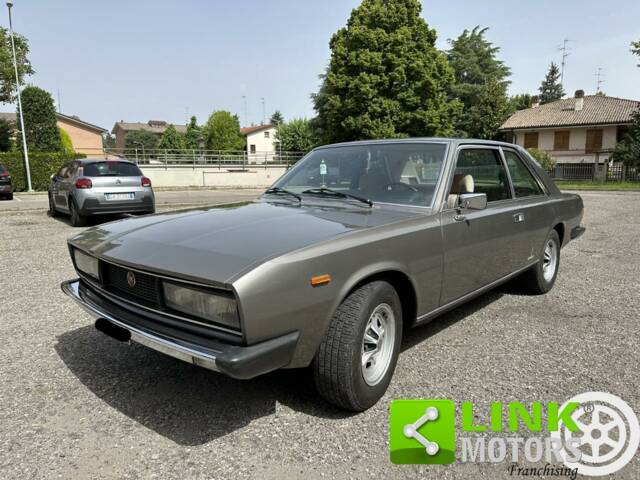
1972 | FIAT 130 Coupé
FIAT 130 Coupe Manuale ASI
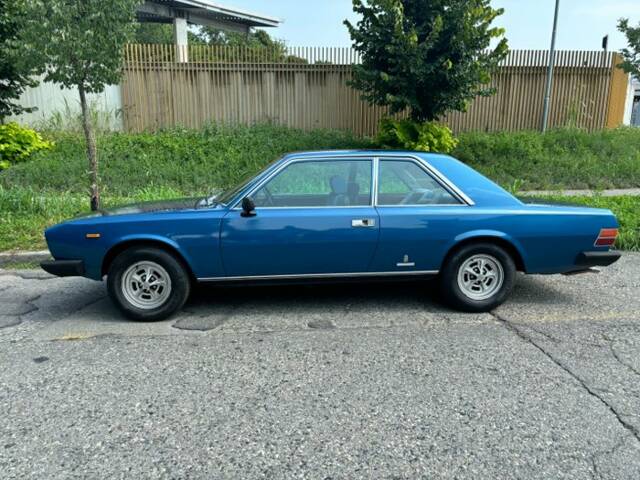
1972 | FIAT 130 Coupé
Fiat - 130 Coupé Automatica - 1972
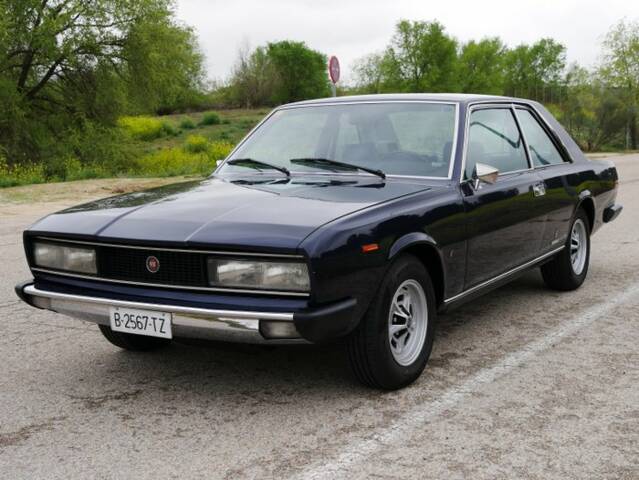
1973 | FIAT 130 Coupé
Fiat - 130 Coupé - 1973

1974 | FIAT 130 / 3200
Fiat - 130 Berlina Automatic - 1974
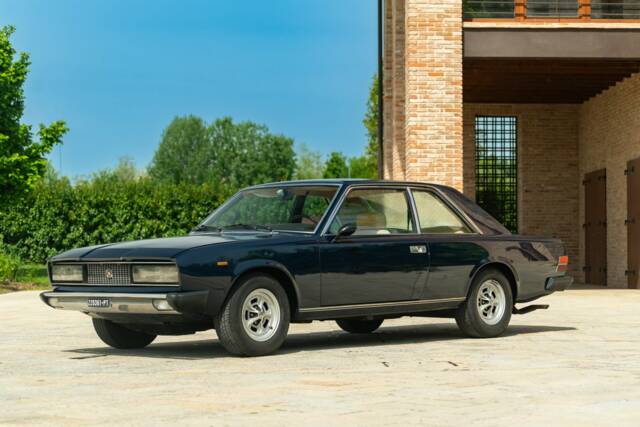
1973 | FIAT 130 Coupé
History of the Fiat 130
Fiat launched the 130 in 1969 as its new flagship, succeeding the 1800, 2100, and 2300 lines. Breaking from Fiat’s utilitarian tradition, the 130 arrived as a large executive saloon, soon joined by a stylish coupé, catering to a demanding clientele including diplomats, magistrates, and even the Agnelli family. Technically, it introduced many features new to the brand, such as an advanced all-independent suspension and power steering. The first series came with a 2.9-litre Lampredi V6, delivering 140 PS, soon uprated to 160 PS. By 1971, the coupé debuted with a 3.2-litre V6, also used in the improved Berlina B. Despite critical praise for engineering and comfort, production numbers remained modest with just over 15,000 saloons and about 4,500 coupés before production ceased in 1977.
Model Range and Evolution
The 130 launched as a four-door Berlina with a 2.9-litre V6, later updated to a more powerful 3.2-litre. In 1971, the coupé arrived, designed by Paolo Martin for Pininfarina, adorned with exclusive interior touches and advanced equipment. The Berlina B (after 1971) benefited from these upgrades, including improved instruments and more refined details. Both body styles employed rear-wheel drive, choice of ZF 5-speed manual or automatic transmission, and featured robust, fully independent suspension. Fiat produced special-bodied prototypes, but only the standard Berlina and the celebrated Coupé (1971–77) made it to series production.
Highlights and Unique Features
The Fiat 130 stands out for its blend of executive-class presence and technical innovation. The V6 engine, designed by Aurelio Lampredi (of Ferrari and Fiat fame), features an aluminium head and cast-iron block, driving the rear wheels via advanced transmissions. Luxury equipment like power windows, air conditioning, alloy wheels, and high-end interiors in leather or velour were available, often rare in Fiat’s usual lineup. Notably, the 130 uses four-wheel disc brakes—a rarity at launch—and offers excellent cabin space and comfort.
Technical Data
Special Editions and Collectible Models
Aside from standard saloon and coupé models, notable prototypes include the Fiat 130 Opera (a four-door saloon) and the 130 Maremma (three-door shooting brake), both designed by Pininfarina in the mid-1970s. These specials never entered series production but add intrigue for collectors. The rare manual 5-speed coupés (about 800 produced) and untouched, unrestored cars fetch particular interest among enthusiasts due to their scarcity and originality.
Weak Spots and Common Issues
Although robust overall, the Fiat 130’s rarity today is partly due to challenges in maintenance: rust is a significant concern, especially for cars not regularly maintained, and corrosion-free examples are rare. Parts supply can be difficult, often relying on donor vehicles for spares. The Lampredi V6, while technically interesting, suffers if not serviced correctly, particularly regarding timing belt wear and valve servicing due to its unusual cylinder head design. Electrical equipment (power windows, switches, air conditioning) and automatic gearboxes require expert care. Potential buyers should check for matching numbers (chassis and engine) and completeness, as originality impacts the model’s value.
Engine, Transmission and Handling
The 130’s powertrain delivers period-appropriate performance: the 3.2-litre V6 generates up to 180 PS, paired with a choice of manual or automatic gearboxes. Power is sent to the rear wheels, and the sophisticated chassis with independent suspension all-round ensures a comfortable, stable ride even at high speeds. The large kerb weight means acceleration is measured rather than brisk, but the chassis maintains road composure and comfort, especially on long journeys. Disc brakes on all wheels provide assured stopping. Key models include the 130 Coupé with 3.2-litre V6 (165–180 PS), noted for its unique Pininfarina design, and the Berlina B saloon with similar mechanical upgrades. Only about 4,500 coupés and 15,000 saloons were made, with the rare manual 5-speed variants (around 800 units) especially sought after by connoisseurs.
Interior, Comfort, Exterior and Design
The 130 combines distinctly Italian style with luxury: Pininfarina’s coupé features a balanced silhouette, elegant chrome accents, and unique paint colours like metallic silver, deep blue, or aubergine. Interiors set new standards for Fiat—wood veneer dashboards, velour or leather seats, and comprehensive instrumentation. Electric windows, air conditioning (standard on later cars), and Blaupunkt or Autovox radios with multi-speaker layouts were available. Accessories such as alloy wheels by Cromodora, tinted glass, and adjustable steering columns were offered. The imposing presence of the 130, both saloon and coupé, reflects its original target market—executives and dignitaries. The coupé’s interior, including rear seat space and comfort level, was distinctive among 1970s grand tourers.
Other Notable Features
The Fiat 130 is eligible for historic registration in various countries (e.g., ASI in Italy, H-class in Germany). The model offered exclusive features for the time: stainless steel exhausts, double-tone horns (city/country), and an unusually large, well-finished boot. Its involvement in historic events, such as the 1978 Aldo Moro incident in Rome, marks it with a unique place in Italian political history. Despite low production numbers, surviving cars often feature high mileage potential and a solid, dignified build.
Summary
The Fiat 130 stands alone in Fiat history as a technical and stylistic statement of intent during the 1970s executive car boom. With fewer than 20,000 produced, each surviving 130 represents a slice of Italian luxury and engineering ambition, pairing Lampredi V6 engines with advanced underpinnings and lavish interiors. Low production numbers, challenging parts supply, and historic associations make the 130 a rare and rewarding find for discerning classic car enthusiasts.
